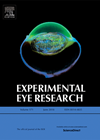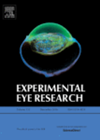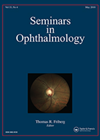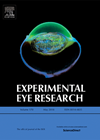
Journal Reviews
Corneal stroma modelling under hypoxic conditions
The cornea is exposed to hypoxia under several conditions including sleep, inflammation and wound healing. Being an avascular tissue to maintain transparency, how the cornea homeostatic controls oxygen tension is important. To address this process two models were utilised; a...
Stromal cell alignment in damaged cornea
Stromal keratocytes are responsible for wound healing in the cornea following damage. Keratocytes at the site of injury become activated and differentiate to myofibroblasts which secrete extracellular matrix (ECM) to close the wound, a response mediated by transforming growth factor...
Non-contact-lens-associated acanthamoeba keratitis
This retrospective study was done to study the clinical presentation and microbiological results of non-contact-lens-related acanthamoeba keratitis (AK). One hundred and ninety-four patients with microbiological / histopathological diagnosis of AK over four years were included. All patients had corneal scrapings...
Autophagy in lens mitochondria loss
The lens consists of a monolayer of epithelial cells that overlies fibre cells that differentiate from epithelial cells at the equator. While developing, fibre cells need mitochondria to provide energy, as they mature they lose these and other organelles to...








